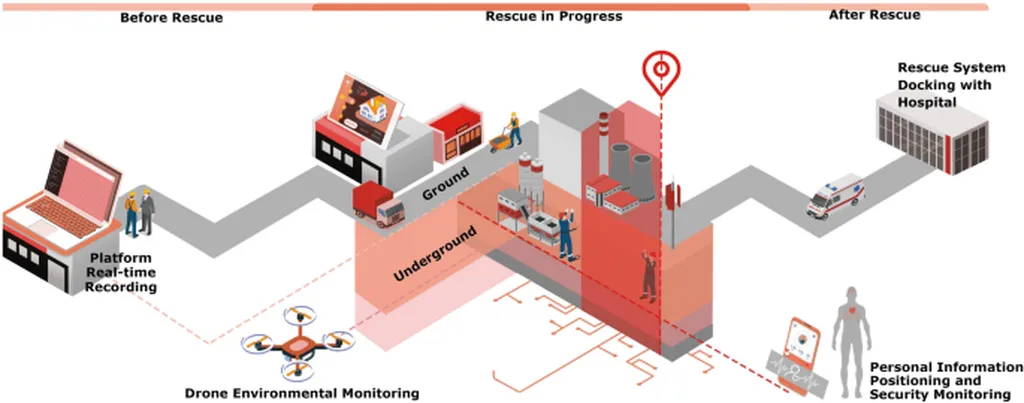In the high-stakes world of mine emergency rescue, every second counts, and every breath could be a matter of life or death. The complex and often unpredictable environments of mining disasters demand cutting-edge technology to ensure the safety of rescuers and the success of missions. A recent study published in *Meikuang Anquan* (translated to *Mining Safety*) sheds light on the critical role of gas detection technology in mine emergency rescue and outlines the pressing need for advancements in this field. Led by Xuezhao Zheng from the College of Safety Science and Engineering at Xi’an University of Science and Technology, the research delves into the current challenges and future directions of gas detection technologies, offering a roadmap for enhancing safety and efficiency in the energy sector.
Mining emergency rescue is fraught with environmental complexity and diverse gas compositions, requiring gas detection equipment that is real-time, accurate, and adaptable. Traditional non-optical gas detection technologies are facing significant challenges in terms of accuracy, response speed, and environmental adaptability. “The increasing depth of mining and the complexity of disaster areas are pushing the limits of current technologies,” explains Zheng. “We need solutions that can withstand extreme conditions and provide reliable data to support effective rescue programs.”
The study highlights three major shortcomings in current gas detection technologies: poor environmental adaptability, low intelligence levels, and bulky, heavy equipment that hampers portability. Sensors often struggle with stability and accuracy in extreme temperatures and humidity, and the lack of automation and real-time feedback can lead to significant data deviations. Additionally, the size and weight of some gas detection equipment make it difficult to deploy quickly and efficiently in disaster areas.
To address these challenges, Zheng and his team propose several future development directions for gas detection technology. “Improving the environmental adaptability of gas sensors is crucial,” Zheng emphasizes. “We need to focus on enhancing the stability and long-term durability of sensors in extreme environments.” The study also advocates for combining advanced algorithms with gas detection technologies to promote intelligence and improve the automation level and real-time response capability of sensors. Furthermore, the development of miniaturized, lightweight, and modular gas detection equipment is essential to meet the demands for flexible deployment and mobile use in small spaces.
The implications of this research are far-reaching for the energy sector, particularly in coal mining, where safety is paramount. Enhanced gas detection technologies can significantly improve the safety of rescuers and the efficiency of emergency response efforts. “By addressing these challenges, we can better protect the lives of those involved in mine emergency rescue and ensure the continued safety of mining operations,” Zheng notes.
As the energy sector continues to evolve, the need for advanced gas detection technologies will only grow. The insights provided by Zheng and his team offer a compelling vision for the future of mine emergency rescue, highlighting the importance of innovation and adaptation in the face of complex and ever-changing challenges. With the continued development of more robust, intelligent, and portable gas detection equipment, the mining industry can look forward to a safer and more efficient future.

